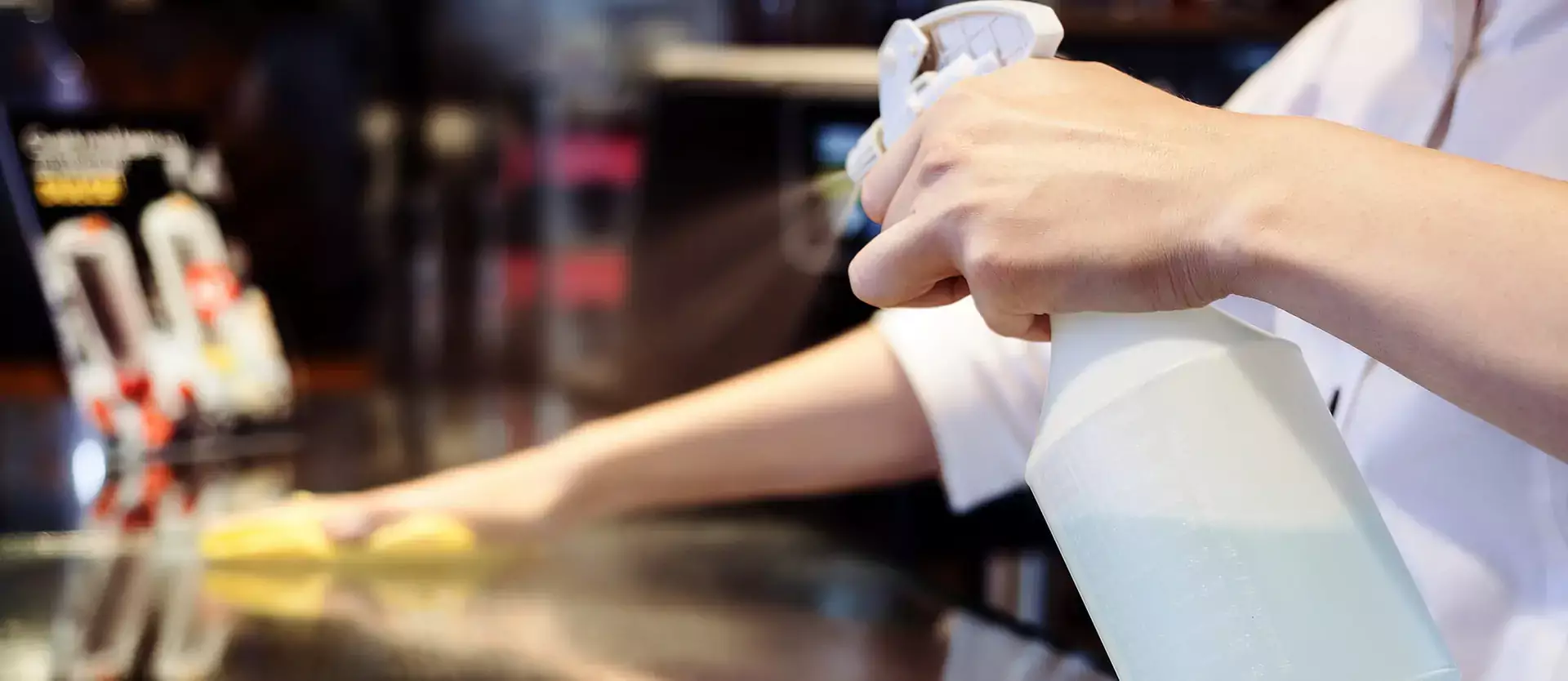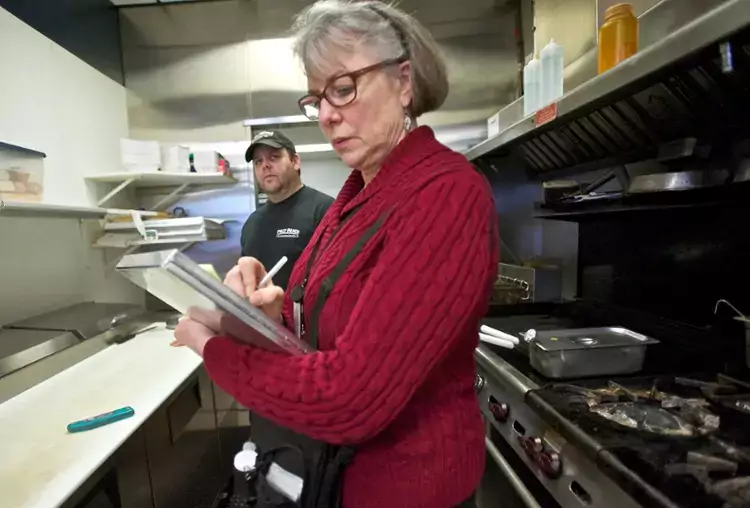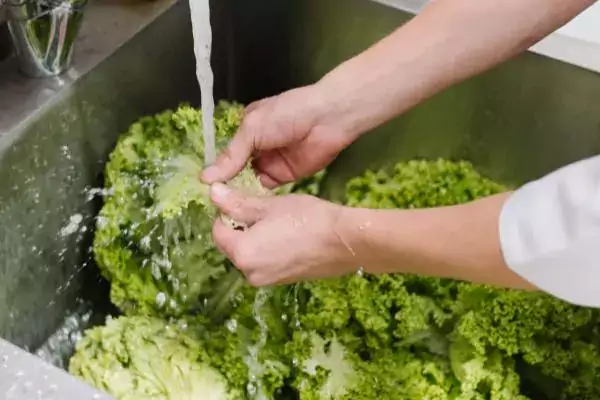By now, you know that your business needs to be prepared for anything. Especially in 2022, when operating in a pandemic is no longer uncharted territory - even with new COVID-19 variants and ever-changing regulations. Even the FDA has plans to continue to build, strengthen, and implement strategies that help ensure it is prepared for, stays ahead of, and responds to, any type of future emergency.
But, beyond code enforcement, it should be part of your business's culture for health and safety maintenance to happen like clockwork. It simply makes good business sense to keep things clean, orderly, and safe. However, without clear guidelines and checklists, employees may not know the latest policies or when to complete time-sensitive tasks, making it easy for hazardous mistakes to occur.

Customers expect a safe experience every time they visit and will go elsewhere if your business misses the mark. A comprehensive health inspection checklist provides consistency and assurance across multi-unit operations. But as your business scales, so do the complexities that come along with it, and printed paper checklists just won't cut it here. Digitizing your health inspection checklist provides a clear view of what work must be completed and how.
Here are 22 must-haves to include on your 2022 health and safety checklist (if they aren't already on there)
- (Depending on varying local, state, national, and company-wide mandates) Verify all workers are either fully vaccinated or submitting to weekly testing and mandatory masking. The Zenput team has developed two form templates - vaccine and testing verifications - and a guide to help you do just that.
- Facility is adhering to hygiene, cleaning, and disinfection requirements from the Centers for Disease Control and Prevention (CDC) and Department of Health (DOH) and maintain logs that document date, time, and scope of cleaning
- Disinfectant and related supplies that are effective against COVID-19 are available to all employees and located near common objects (e.g., touchscreen kiosks, shopping carts)
- All break rooms, bathrooms, and other common areas are disinfected frequently according to the set schedule; toilet cleaning register is signed off and up to date
- All high-contact surfaces, including frequently used payment portals, pens, and styluses, are disinfected after each use
- All employees have been instructed to maintain at least six feet distance from customers and from each other, except employees may momentarily come closer when necessary to accept payment, deliver goods or services, or as otherwise necessary
- Signage placed throughout the facility reminding customers to be at least six feet apart, including when waiting in line
- Signage placed at each public entrance of the facility to inform all employees and customers that they should:
- Avoid entering the facility if they have a cough or fever;
- maintain a minimum six-foot distance from one another;
- sneeze and cough into a cloth or tissue or, if not available, into one's elbow;
- and not shake hands or engage in any unnecessary physical contact
- Facility has and is utilizing a company-approved thermometer to check body temperature
- All employees have undergone symptom checks before entering the workspace
- On-duty manager has checked the temperature of store employees twice (opening and closing of shift)
- On-duty manager is aware of the procedure to be followed in case an employee is unwell and/or has a fever
- Hygiene stations have been provided and maintained with hand sanitizer, soap, and water, or effective disinfectant effective against COVID-19
- Hygiene stations are available to all employees throughout the facility and the public at or near the entrance of the facility, at checkout counters, and anywhere else inside the store or immediately outside where people have direct interactions.
- There are no self-service stations present or in use
- All employees and customers are wearing face coverings at all times, except while customers are seated; provided that the customer is over the age of 2 and able to medically tolerate such covering
- The sharing of face coverings is prohibited, and all employees have been notified of this policy
- Appropriate procedures are in place for disposing of personal protective equipment and are being enforced
- The use of small spaces (e.g., freezers) by more than one individual at a time has been prohibited and properly marked off
- Equipment is regularly cleaned and disinfected using effective disinfectants, including at least as often as employees change workstations
- Employees have been instructed not to share meals or utensils during breaks, not shake hands or engage in any unnecessary physical contact
- A communications plan has been developed for employees, vendors, and customers with instructions, training, signage, and a consistent means to provide information

Beyond just compiling your checklist, in the event of an inspection, having a history of what's been done when and by whom is critical. Zenput's operations execution platform empowers teams to digitally capture rich and actionable data, such as quality assurance photos, temperature readings, employee wellness checks, and more. This insight helps multi-unit operators easily maintain compliance and reduce the risk of citations, leaving more time to focus on what's truly important: serving customers.
For more tips on how to quickly turn new strategies and procedures into the right actions across all your locations, check out Zenput's Guide to Agile Operations Execution.
Subscribe to our blog
You are now subscribed!


